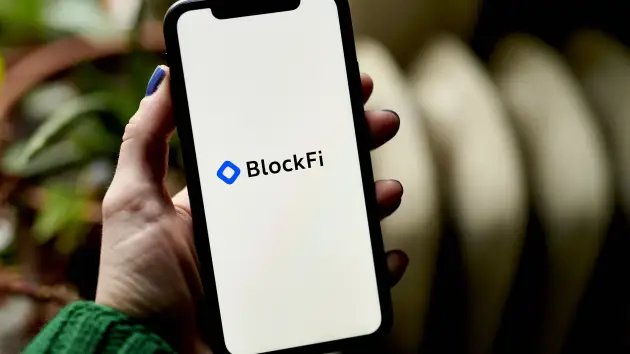
Gabby Jones | Bloomberg | Getty Images
Block Fi Bankruptcy Filing
Attorney Joshua Sussberg revealed to a US bankruptcy court on Tuesday that crypto lender BlockFi has about $355 million in cryptocurrencies frozen on cryptocurrency exchange FTX.
FTX’s sister company Alameda Research has already received a loan for $671 million in addition to the $355 million. Alameda has also defaulted on the loan.
After weeks of rumors regarding the company’s viability after it halted withdrawals earlier in November, BlockFi submitted a petition for bankruptcy protection on Monday in the U.S. Bankruptcy Court of New Jersey District. The lender had been depending on a $400 million line of credit from the cryptocurrency exchange FTX, which had itself filed for bankruptcy earlier this month after concerns about its own viability arose after a report revealed Alameda held a significant amount of FTX’s exchange token, FTT.
BlockFi stated in its first-day filing that its total assets ranged from $1 billion to $10 billion and its total liabilities ranged from $1 billion to $10 billion. The lender currently has about $257 million in cash, some of which was made by selling off cryptocurrency holdings, and has a creditor base of more than 100,000.
BlockFi does intend to allow users who hold their own assets in the BlockFi Wallet product to withdraw their money, according to Sussberg, a partner at the law firm Kirkland & Ellis.
He continued, “We believe that is not property of the estate, and we intend to file a motion as soon as possible to permit customers to withdraw from their personal wallet to the extent they so desire, as we noted in the pleadings.
He said the creation of a creditors committee is a requirement for this plan.
According to Sussberg, the procedure to recoup BlockFi’s funds from FTX will “play out over a long period of time,” he said in a statement to Judge Michael Kaplan.
The question of whether those funds can be recovered is a completely different matter.
Sussberg informed the judge that FTX has over a million creditors and that on November 11, the day it filed for bankruptcy, it reportedly experienced a hack that resulted in the loss of hundreds of millions of dollars’ worth of cryptocurrency from wallets under its control.
Although BlockFi and FTX both sought bankruptcy protection during the market downturn, according to BlockFi’s attorneys, there are no other similarities between the two companies.
Sussberg described BlockFi’s liquidity crisis as “the antithesis of FTX.” “This is a totally different story in every respect.”
Sussberg cited John Jay Ray III, the current CEO of FTX, who said that during his career, which included working to clean up after Enron’s collapse, he had never witnessed “such a complete failure” of executive leadership.
Sussberg testified in court that Zac Prince and Flori Marquez, the co-founders of BlockFi, were the antithesis of Bankman-Fried.
These are self-made people who, according to Sussberg, “built the company with their own hands.” “This company was on a rocket ship.”
During the first hearing, Prince and Marquez were both present.
Key Points
- BlockFi’s Chapter 11 bankruptcy issues started with FTX, according to an advisor in a court filing, with a liquidity injection that was intended to save the business.
- Mark Renzi, a BlockFi advisor, claimed that BlockFi was entirely different from FTX, but he placed the majority of the blame on a number of other parties, including the general markets, the insolvent hedge fund Three Arrows Capital, and FTX.
- BlockFi stopped accepting withdrawals from customers on November 11, the day FTX declared bankruptcy. Investors at companies like FTX, Voyager, and Celsius are currently in a limbo without access to their money.
Thanks for visiting our website usdailyupdates.com